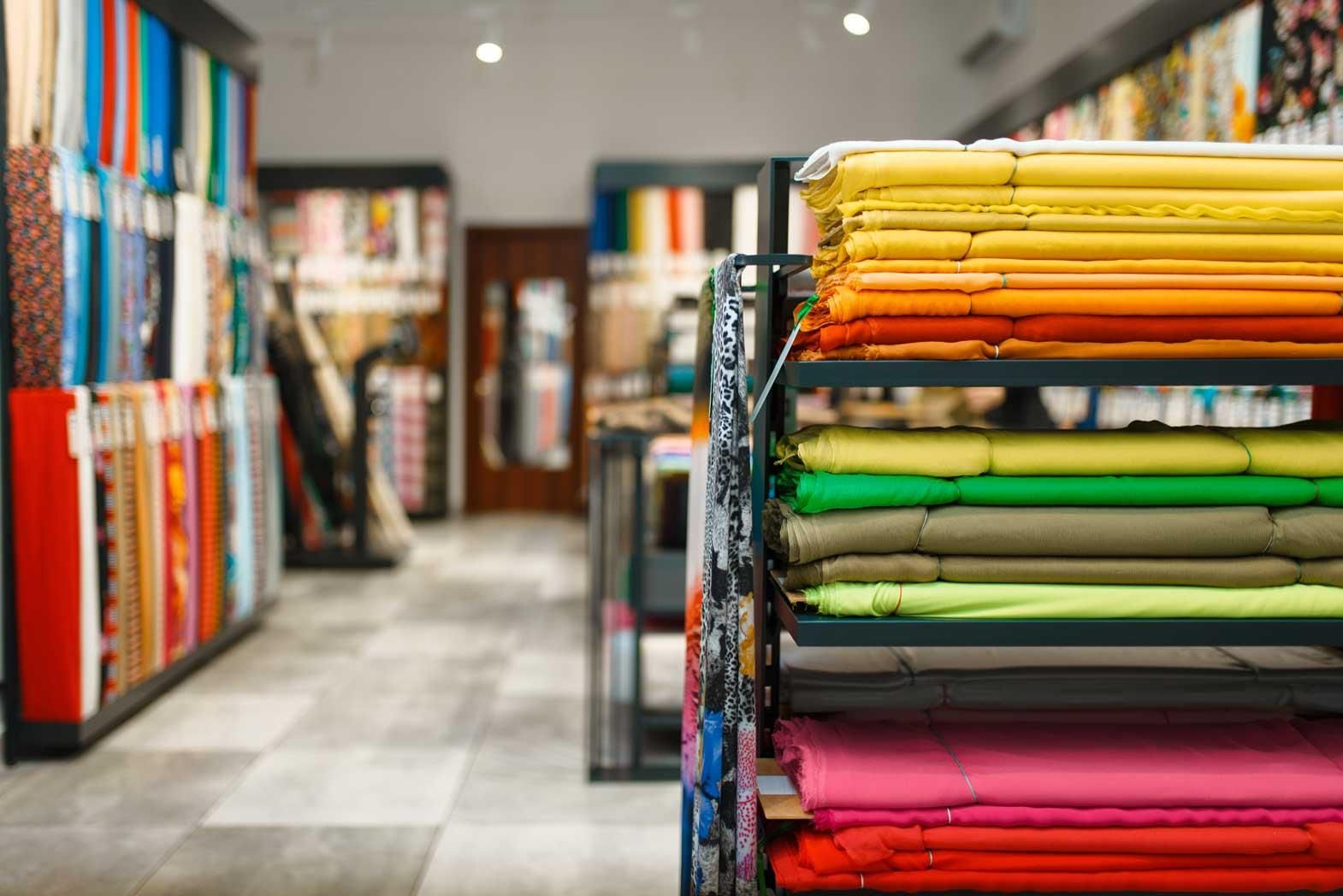Washi is a Japanese paper which is conventionally made from the inner bark of either Kozo or Mitsumata and Gampi. It is from Washi that a fabric known as Shifu is made. Thin strips from the paper are cut, which are then twisted and woven into fabric. The paper has to undergo treatment with starch made from Konnyaku. It is then crumbled, and the process of cutting into strips and twisting it into yarn commences. In Shifu, the papery yarn is used as weft, and other yarns are used in warp. Another popular paper fabric is Saganishiki, also known as Saga brocade. The warp in this fabric is the Washi paper, which is cut into thin strips, whereas the weft yarn is woven in a twill form. Saganishiki is adorned with gold dust or gold leaf patterns, which impart the fabric an endearing richness.
The paper fabric is among one of the most culturally significant fabrics, as the art of paper fabric began in Japan. The final paper fabric is not only flexible but also sturdy to survive several washes. The paper yarn is often used in combination with silk, cotton, or hemp. Several varieties of paper mulberry are mostly grown in Northern Japan, and these provide fine fibers that are used in making Shifu cloth.
Some weavers have experimented with a technique by using paper as warp. The prospects involving this technique are still being explored. As fabric made from Washi is lighter than hemp, wool, cotton, and silk and is washable and soft, it is used as material for kimono, a traditional Japanese robe with wide sleeves.
The customary Japanese style of Washi included inscriptions of sutra or characters. The paper cloth is considered precious, and with time, the craftsmen have skillfully expanded the use of paper fabric. Today it is used in garments, decorative items, furniture fabric, cushions, art, bags, umbrellas, loudspeaker cones, etc. Handicraft items are also made of paper fabric. The weavers have added contemporary style to the traditional paper fabric. These designs cater to the modern needs that demand style, elegance, comfort, easy care with a touch of ethnicity. Thus, today the paper fabric has other meanings as well apart from the cultural significance.
The paper fabric and designs have been mingled with the regions where they are made and the regions from where they originated. Thus, the expertise of one country is infused into the fabric, making it an ever-green available option for fashion designers and craftsmen. In recent years, the influence of Japanese weaving and spinning in paper textile has been explored in exhibitions and events held in countries like Canada. The inspiration that the Canadian textile took from Japanese traditional paper fabric is obvious and evident in international fashion shows held across the globe.
It is the popularity of contemporary paper fabric that has led to research in making the fabric better, as per modern requirements of the consumer. The cent percent paper fabric appears and feels like linen. The properties of the cloth, which includes lightness and breathability, make the paper cloth an apt option for summers and warm seasons. Japan has undertaken researches to develop similar paper fabrics in combination with other yarns.
The paper cloth jackets that are often dyed in different colours, along with tops and lowers are popular, as the cloth is often stiff in appearance, but it is soft and warm to wear. The paper fabric has often been lauded for its suitability for summers, the ease of processing the paper into fabric, high functionality, and beauty. Washi fabric is finding a respectable place in fashion stores around the world. Paper yarn is also being increasingly mixed with polyester to produce some unique fabric. The paper fabric is used to create interesting and unique surface textures, which make the overall fabric exclusive and exceptional.
The paper clothing of Japan not only represents the valued legacies of the country, but it also has contemporary vitality that the entire world can discover. The paper clothing is indeed beyond colours and designs, it gives the wearer, as well as, manufacturers an opportunity to present distinctive textiles that reflect customs and techniques rooted in social and cultural practices. The paper clothing produced today retains strong elements of the culture from which it originates. The traditional paper clothes stand out as they refer to an age old technique that has been accepted by the other parts of world harmoniously.
References:
1. Swicofil.com
2. Wikipedia.com
3. Digitalcommons.unl.edu
4. Saga-cci.or.jp








Comments